Chinggis Khaan: How Mongols Changed the World at Musée d'Histoire de Nantes
Chinggis Khaan
How Mongols Changed the World
October 14, 2023 — May 5, 2024
This exhibition is the first in France to be dedicated to one of history’s greatest conquerors: Chinggis Khaan.
From the Mongol plains to the southernmost borders of China, from the Pacific Ocean to the far reaches of the Middle East, Chinggis Khaan and his descendants built a vast empire during the 13th century that would change the face of the Earth.
At their peak, Mongol controlled more than 22% of the Earth’s surface, and Chinggis Khaan’s grandson, Kublai Khaan, Great Khaan of the Mongol, became Emperor of China by founding the Yuan Dynasty, establishing the capital in Dadu (current-day Beijing). After years of violent conquest, the “Pax Mongolica” allowed for commercial, scientific, and artistic relations to flourish between the East and West, allowing for an unparalleled period of exchange.
With the rare exhibition of objects from Mongolia’s national collections – including a large number of national treasures, complemented by objects from major French and European museums – this exhibition offers an insight into the history of this great empire of Chinggis Khaan.
This exhibition was made with the support of the Mongol government, through its loan of priceless items from its national collections, and notably from the new Chinggis Khaan National Museum. This show has been organized through the combined forces of Presidents of the two Republics – Mongolia and France – and has been awarded the distinction of being an “exhibition of national interest” by the French Ministry of Culture. More than just an exhibition on the military glory of one of history’s greatest conquerors, this show will take a new approach to showing how the Mongol changed the world.
This exhibition will engage with visitors in many ways. Atmospheric sounds will be played throughout the exhibition to take visitors on a voyage of discovery. Several films have been produced that focus on key themes, such as the Silk Road, the figure of Genghis Khan, and the Mongols’ new cartographic vision of the world.
A number of touch-screens will allow visitors to browse through documents and texts on objects – many of which are exceptional in terms of their multicultural origins. And, perhaps the pinnacle of the exhibition: a projected, life-size, nearly 3-metre tall, headstone accompanied by visual and sound effects. It will surely be one of the exhibition’s highlights.
This exhibition is curated by Jean-Paul Desroches, Marie Favereau and Bertrand Guillet.
Exhibition Preview
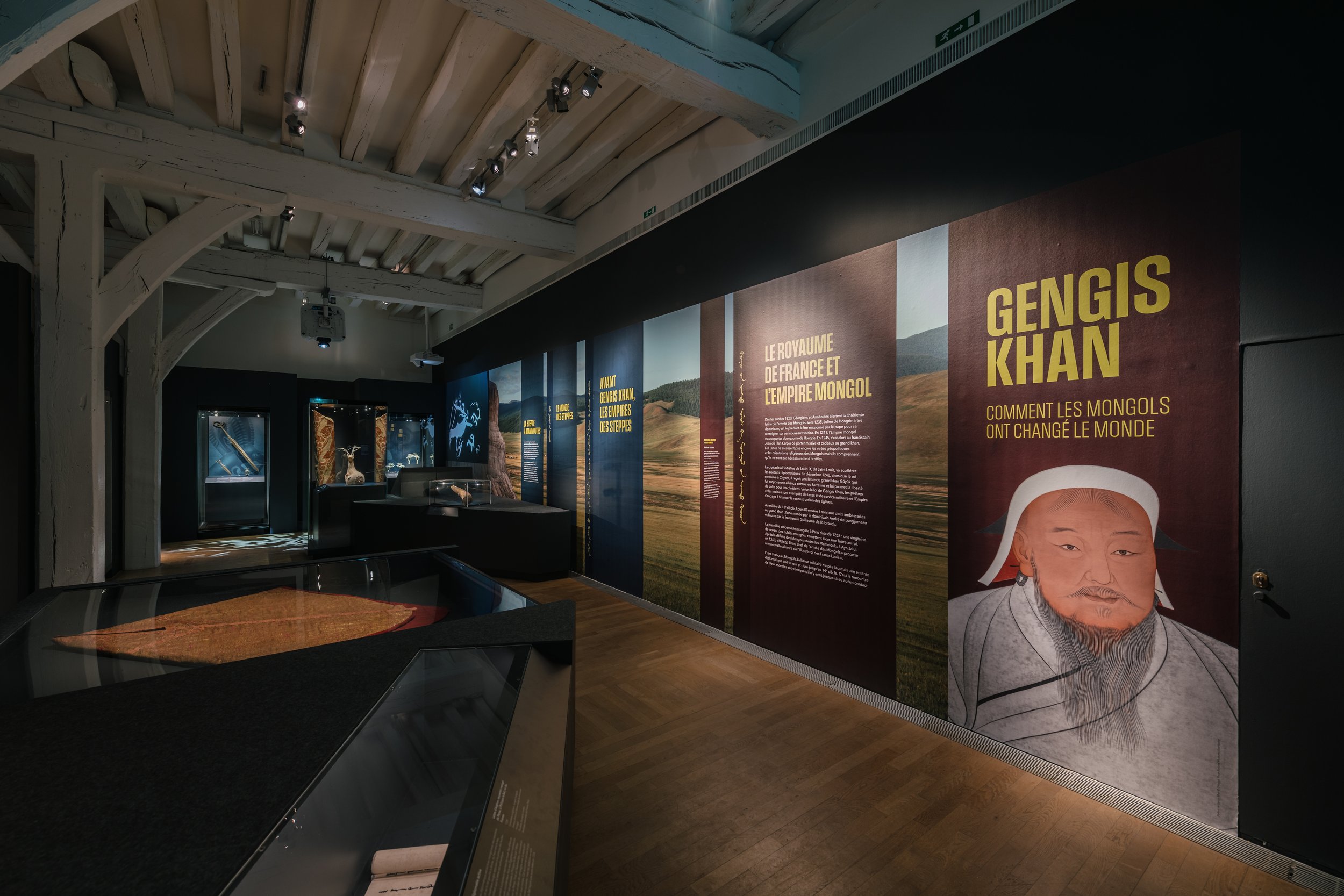
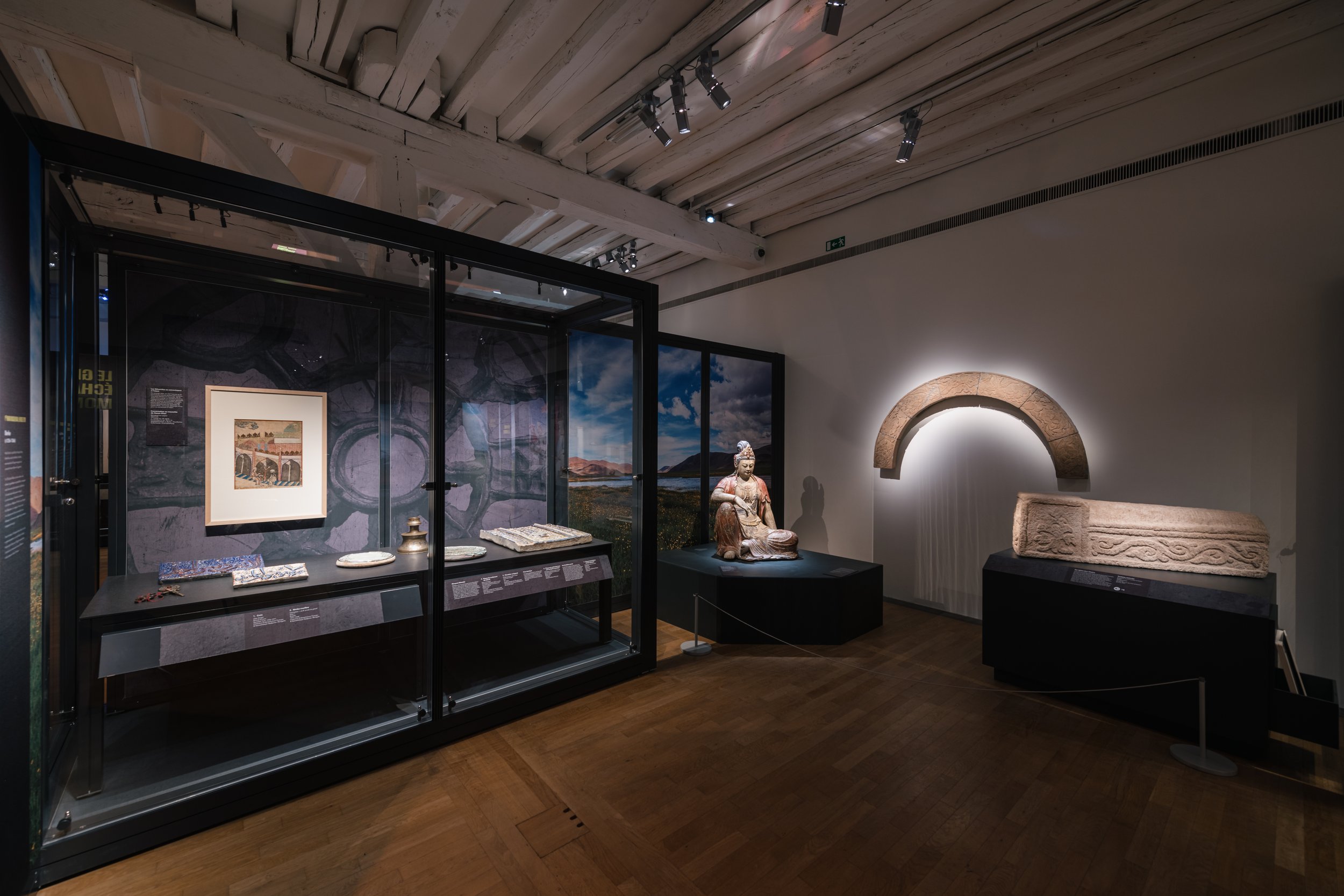
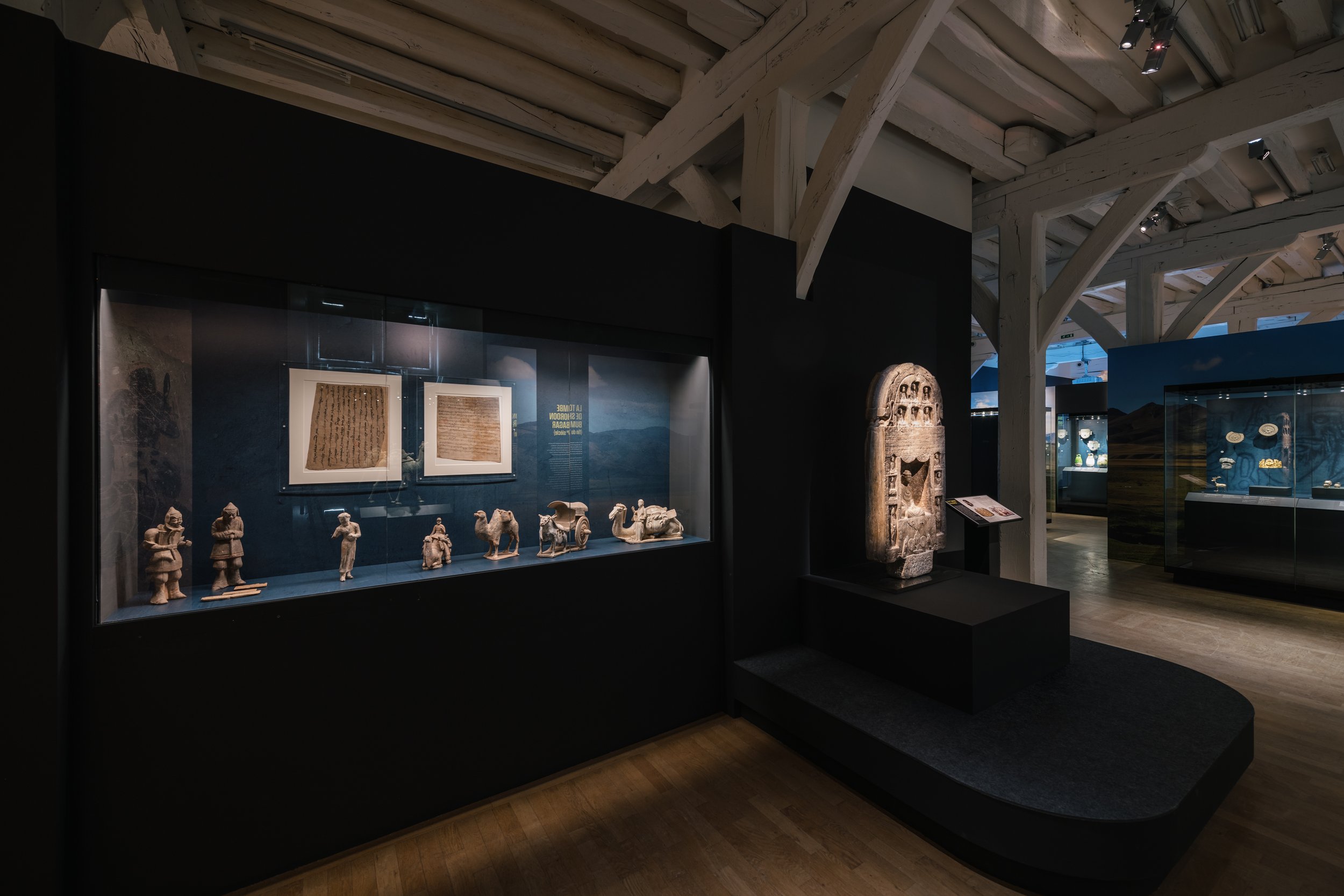
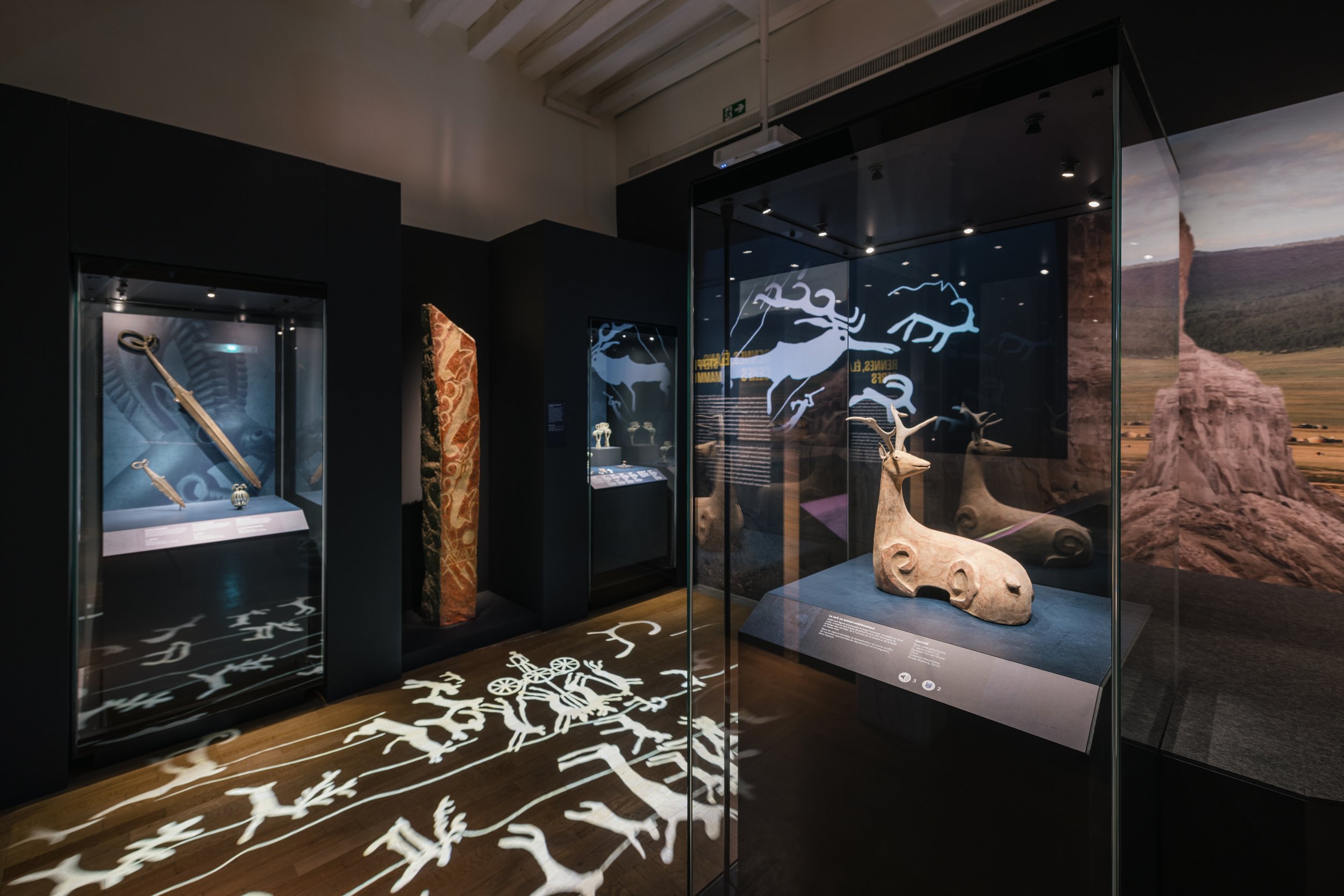
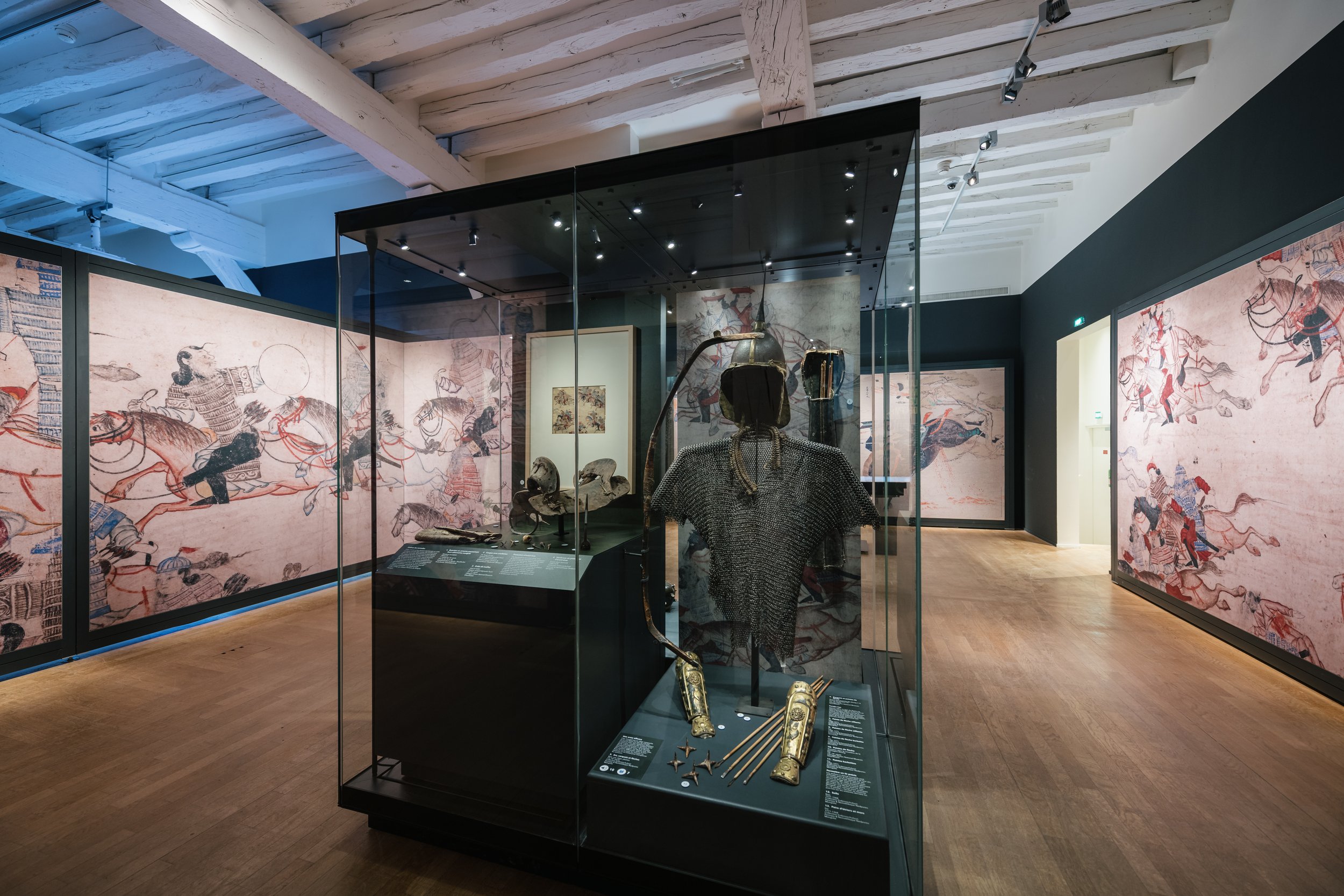


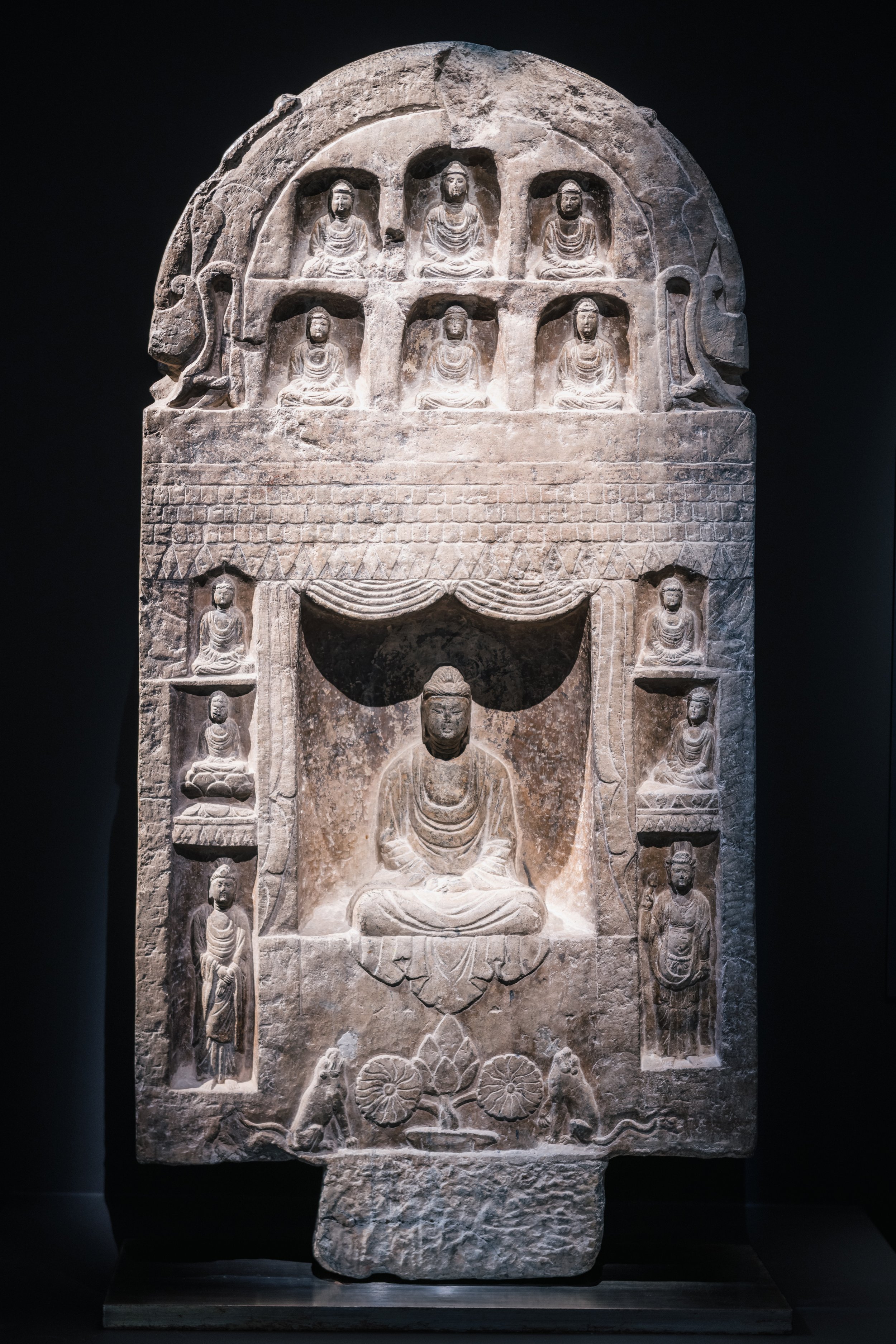
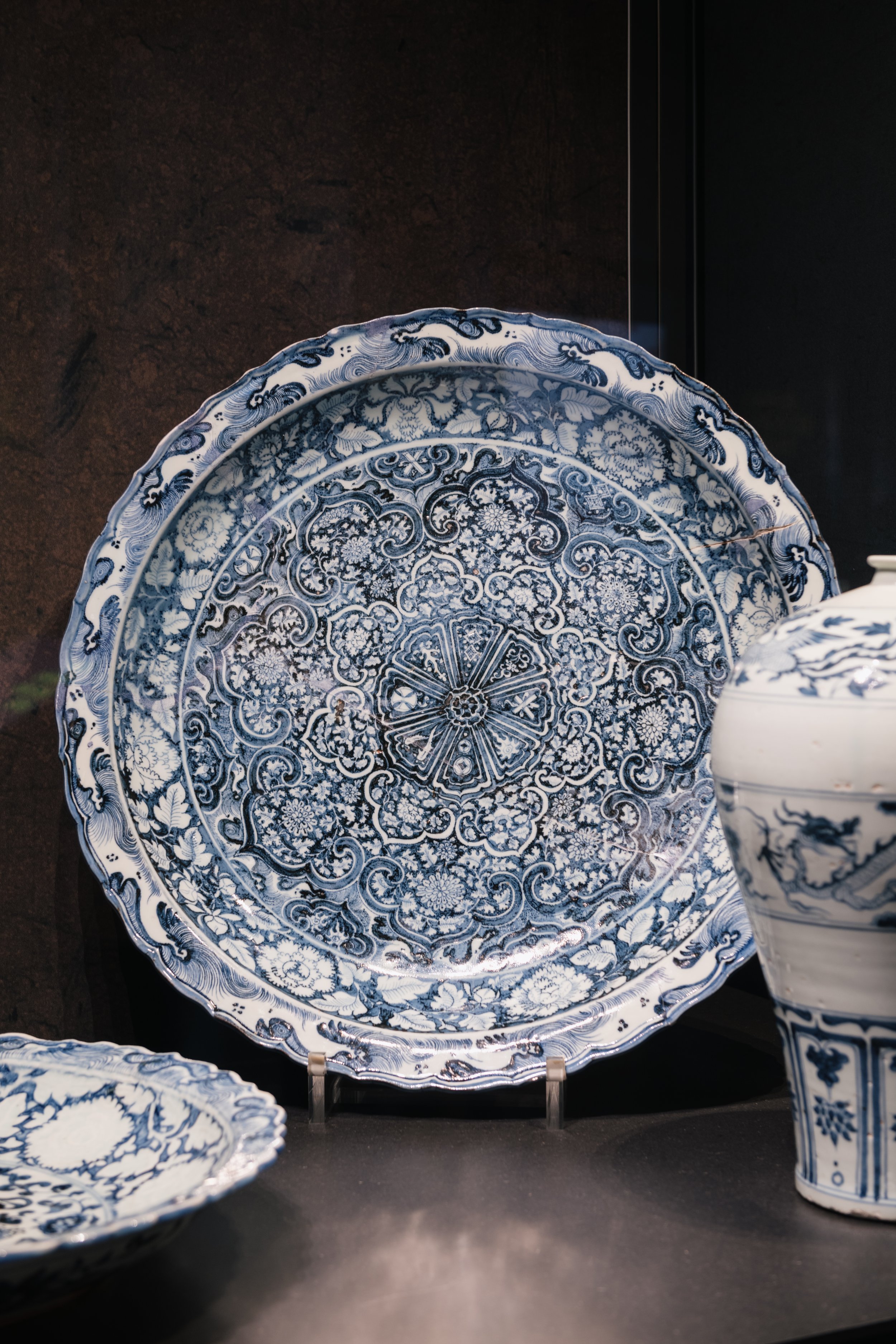
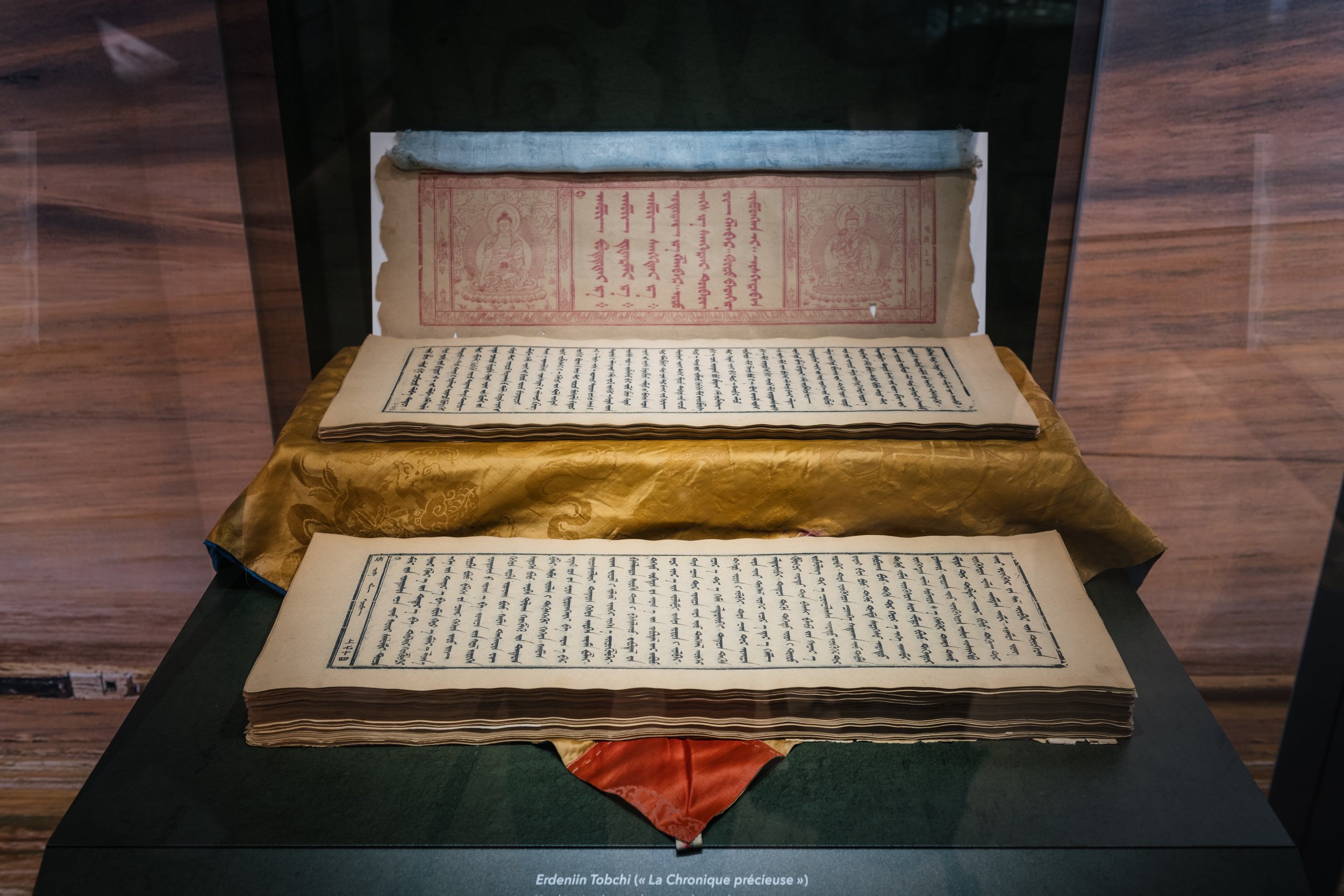
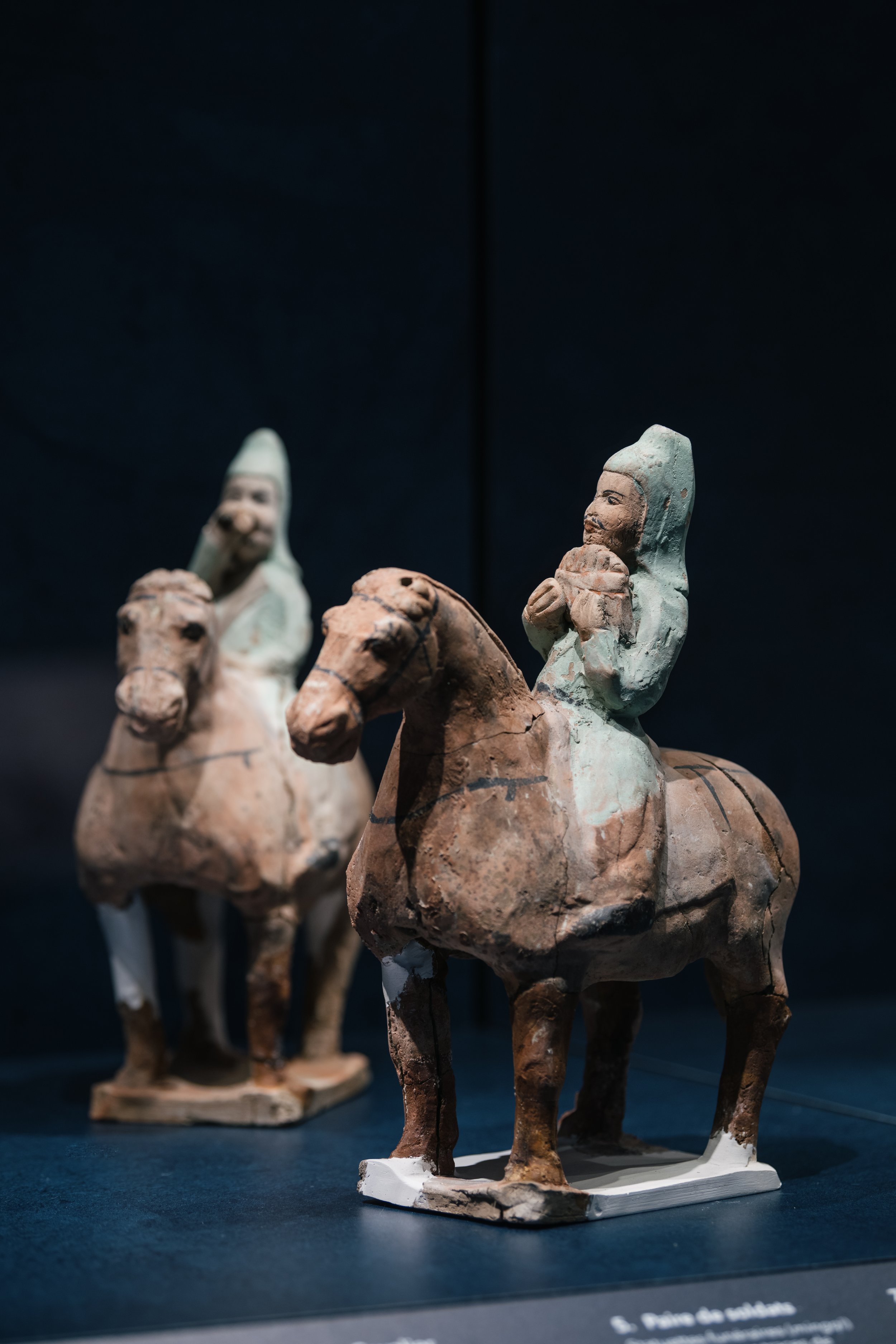
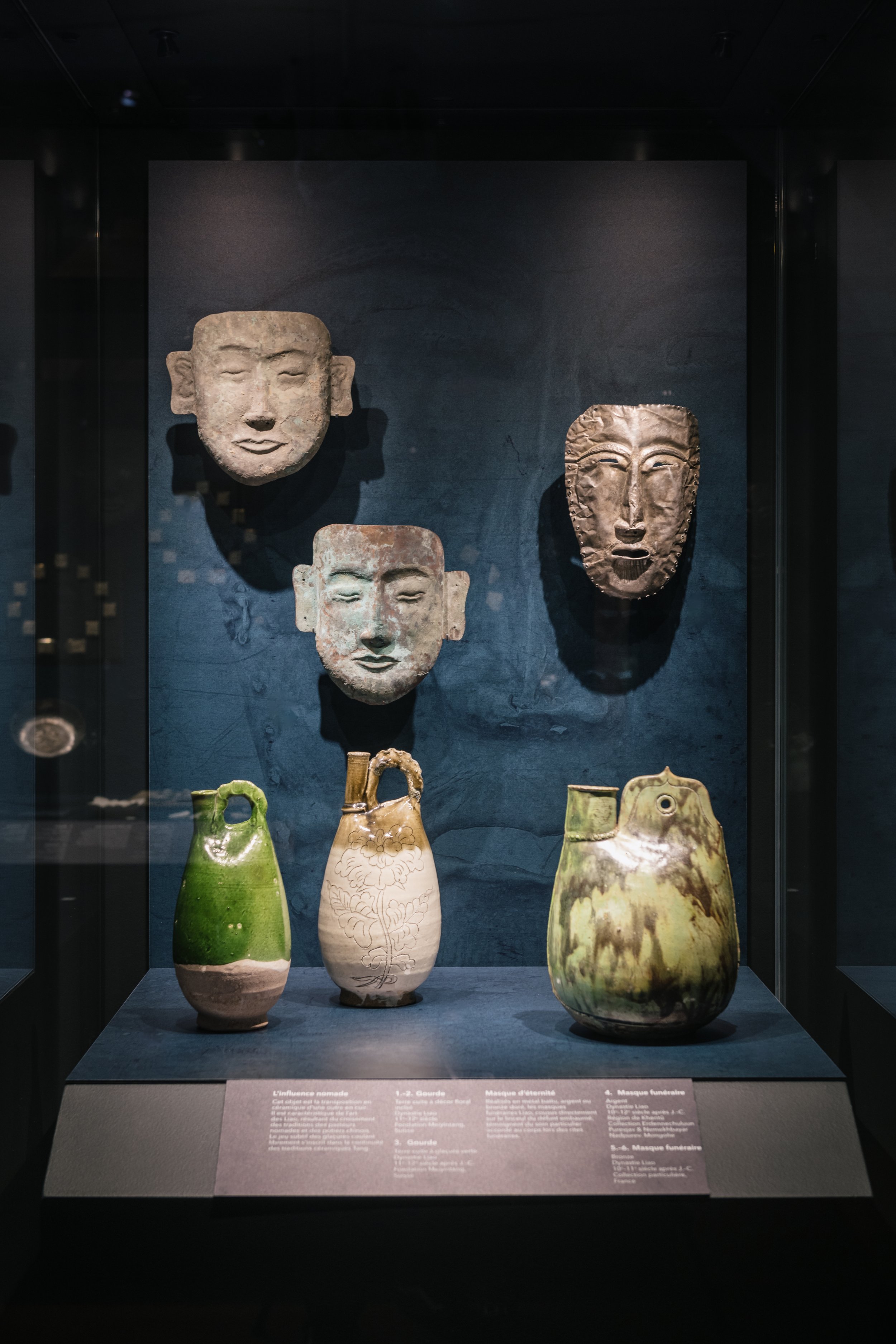
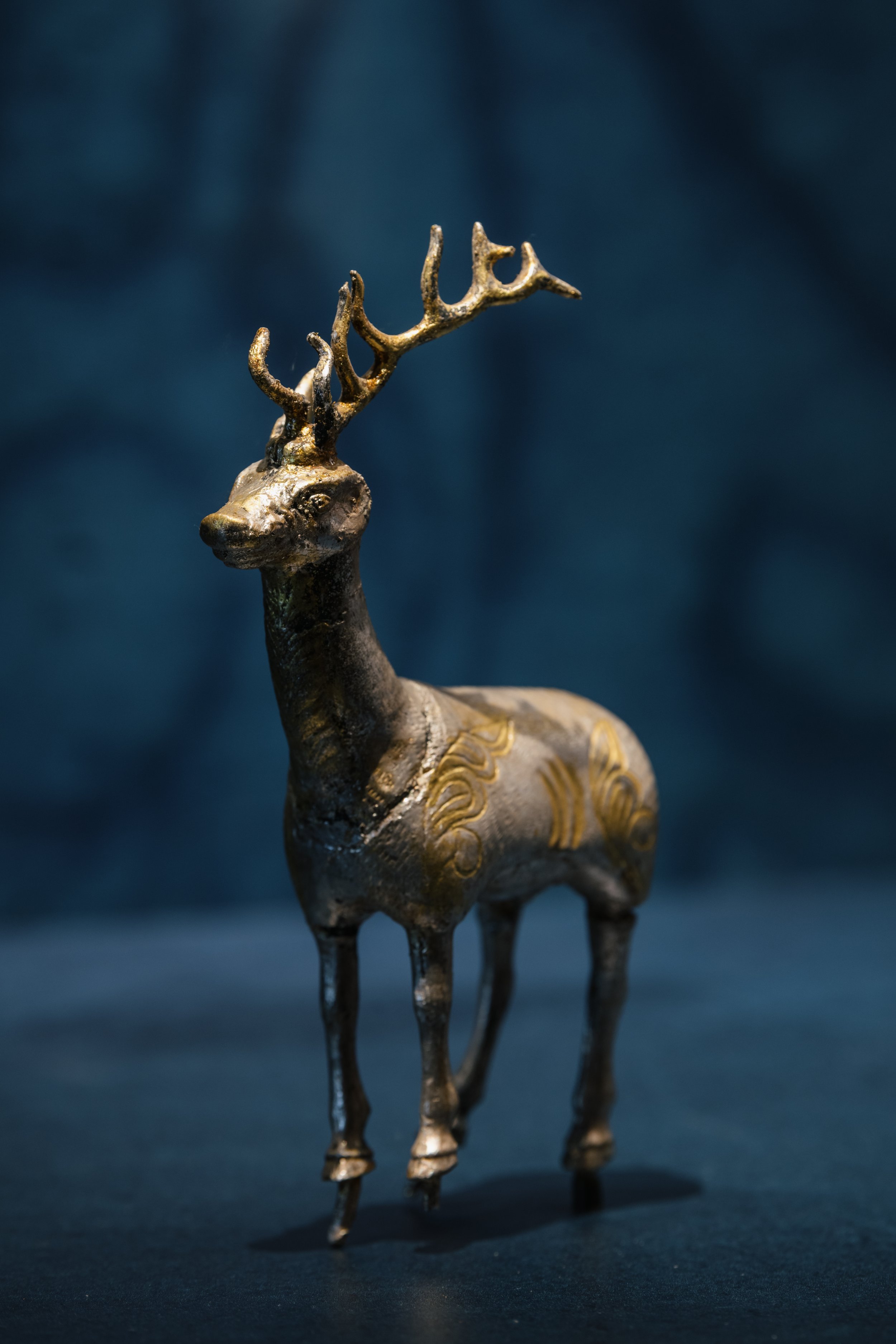
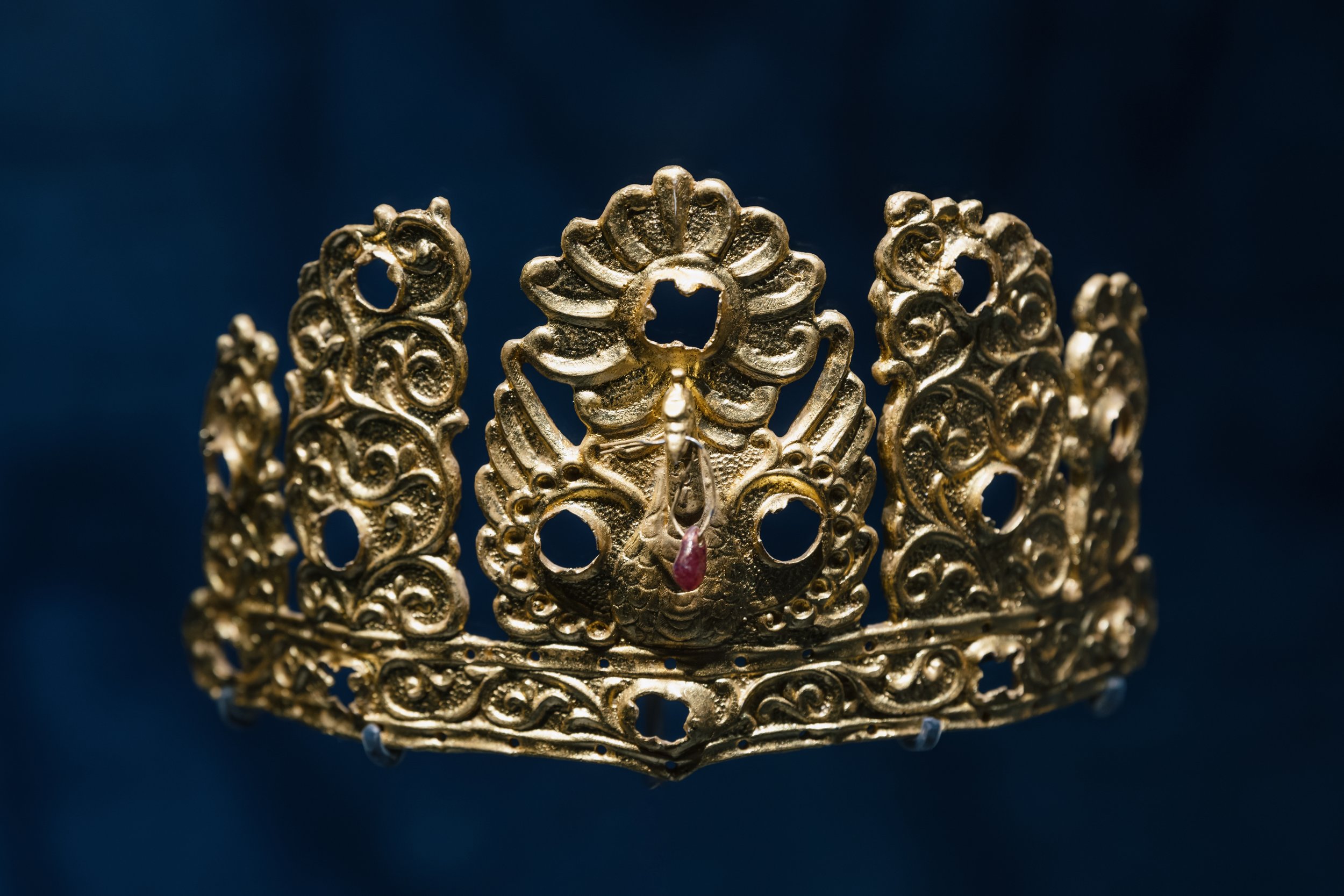
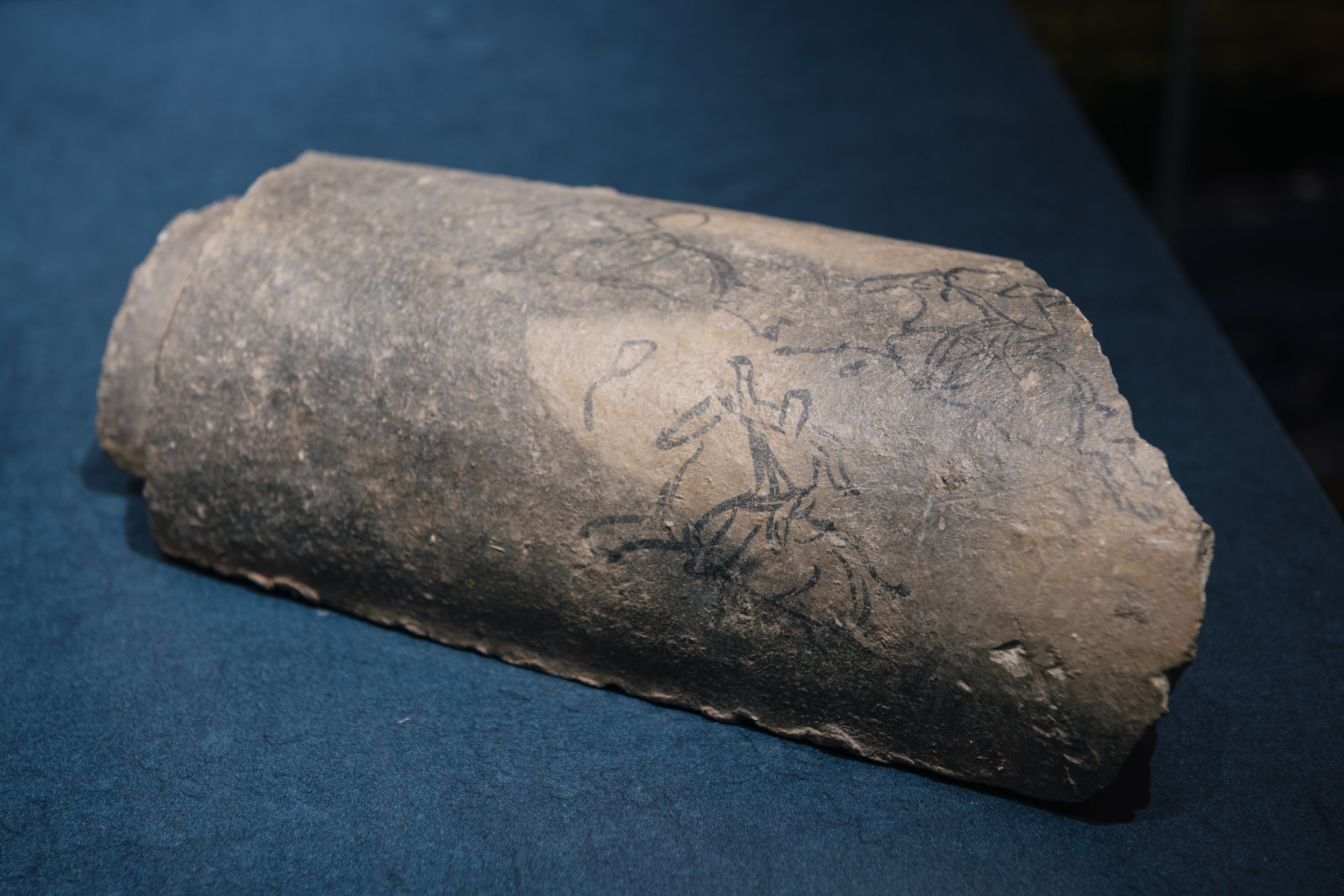
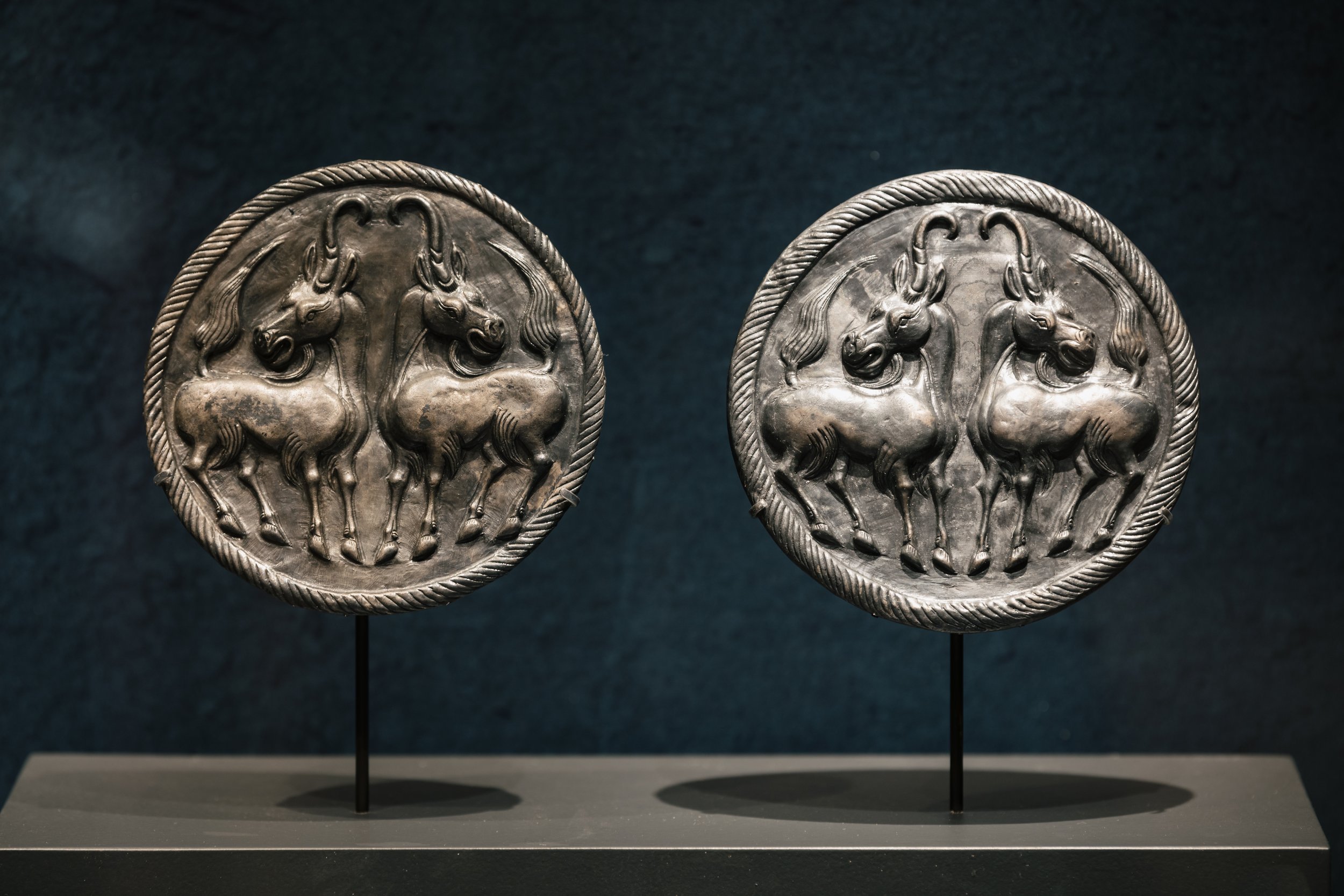
Art of the Ancestors extends a special thank you to Virginie Thomas and Perrine Ibarra.


